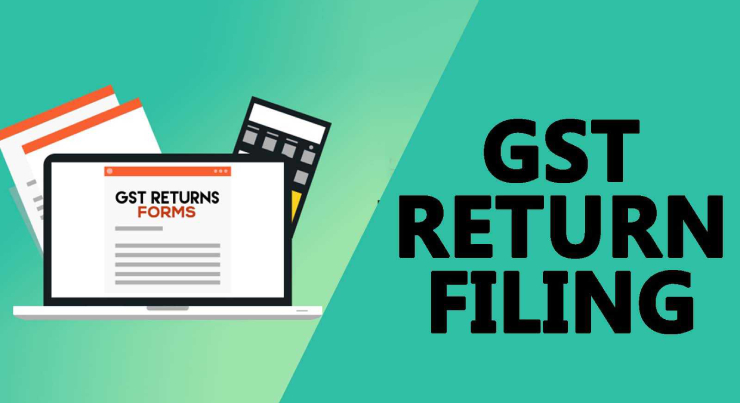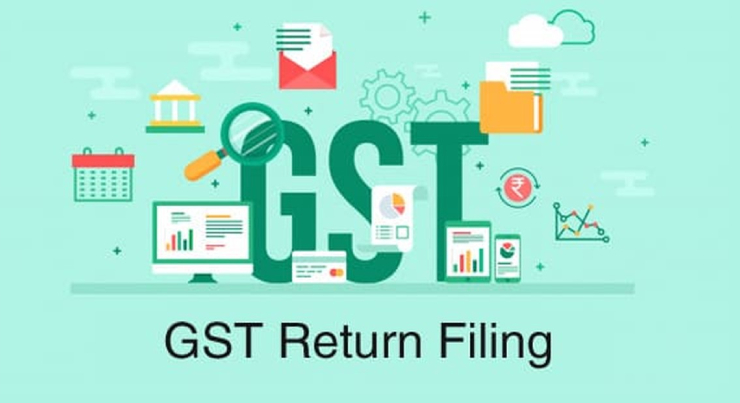GST Return Filing
GSTR 1 or return of outward supplies must be filed by all taxpayers having regular GST registration. The due date for filing GSTR 1 return is the 10th of every month. For July, September and October, the GST return due dates are different from the normal schedule.
GSTR2 or return of inward supplies must be filed by all taxpayers having regular GST registration. The due date for filing GSTR 2 return is the 15th of every month. For July, September and October, GSTR2 return due dates are different from the normal schedule.
GSTR3 or monthly GST return must be filed by a taxpayer after filing GSTR1 and GSTR2 return. GSTR3 is due on the 20th of every month. For July, September and October, GSTR2 return due dates are different from the normal schedule.
GSTR4 return must be filed by taxpayer registered under the GST composition scheme. GSTR4 is a quarterly return that is due on the 18th of October, January, April and July.
GSTR5 return must be filed by persons registered under GST as a non-resident taxable person. GSTR5 is due on the 20th of every month.
GSTR6 return must be filed by persons registered under GST as an input service distributor. GSTR6 return is due on the 13th of every month.
GSTR7 return must be filed by all taxpayers required to deduct tax at source (GST TDS). Under GST, only certain government agencies are required to deduct tax at source after obtaining registration. Hence, GSTR7 is due only for those entities having GST TDS registration. GSTR7 is due on the 10th of every month.
GSTR8 return must be filed by taxpayers required to collect tax at source. E-commerce operators are required to collect tax at source. Hence, any persons operating an e-commerce venture must register for TCS, collect tax at source and file GSTR8 return before the 10th of every month.
GSTR9 is GST annual return that must be filed by all regular taxpayers. Details submitted with GSTR9 must be audited if the entity has a turnover of more than Rs.2 crores. GSTR9 is due on or before the 31st of December.
GSTR10 return must be filed by any person whose GST registration has been cancelled or surrendered. GSTR10 must be filed within 3 months of the date of cancellation order or surrender.
GSTR11 must be filed by persons having Unique Identity Number. GST Unique Identity Number is allotted to Consulate, Embassies and UN Bodies for claiming refund on inward supplies.


